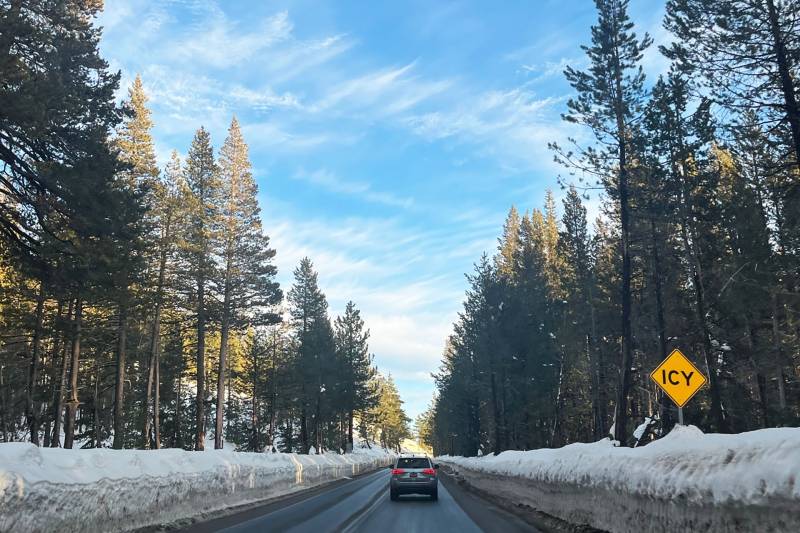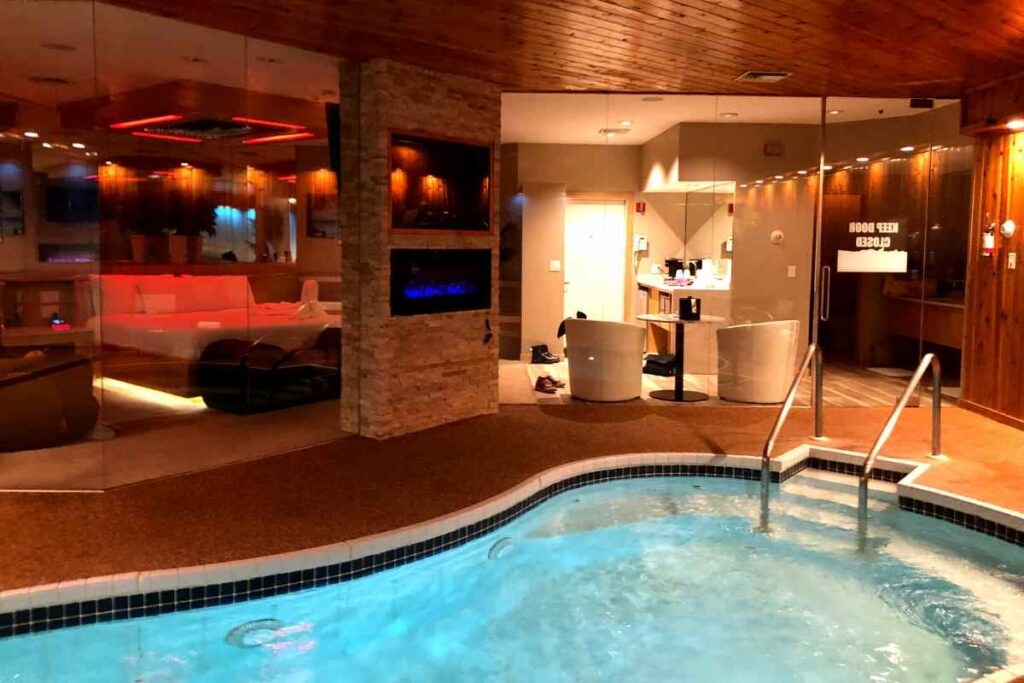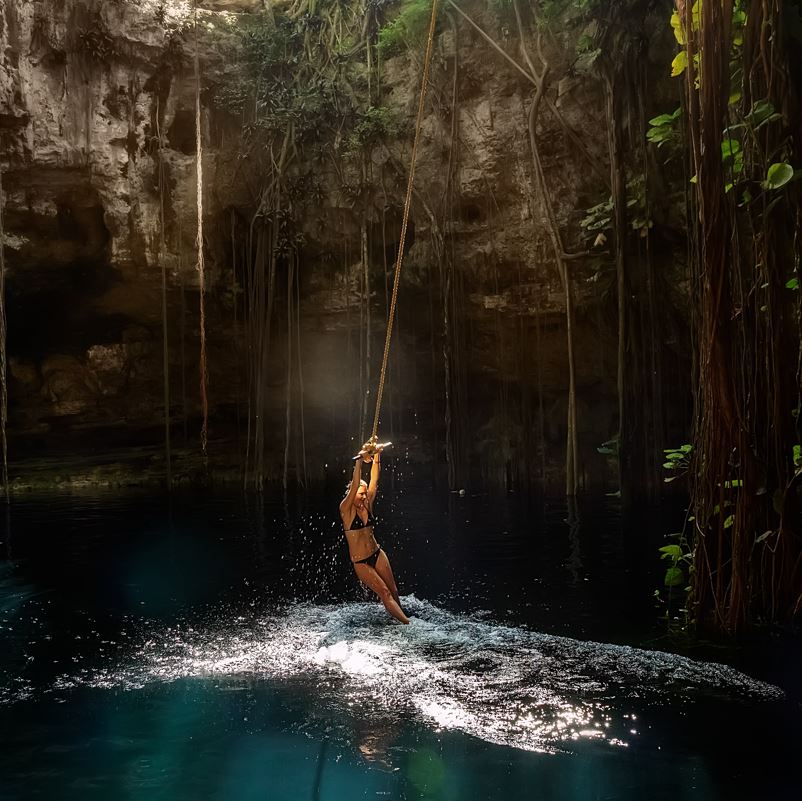
Wild Hearts introduces you to the world of Azuma, where giant monsters called Kemono wreak havoc. Your job, as a hunter of monsters, is to chase them down and use parts you carve from their corpses as ingredients in ever-improving gear. We’ll talk about why that feels so familiar in a second.
Wild Hearts is a game with a lot of mechanics and lengthy menus. It’s easy to get lost. But we’ll help you along with the tips and tricks we’ve picked up from roughly 20 hours with the game. Below, our Wild Hearts beginner’s guide has advice on everything from the basics of game to mastering the Karakuri magic to the best way to build your camps.
Yeah, look, it’s a Monster Hunter clone
If you’ve played one of the (many) Monster Hunter games before, you know basically everything you need to know about Wild Hearts. The Karakuri mechanic will be new to you (and a lot of fun), but you’re going to have a solid grasp on everything else.
:no_upscale()/cdn.vox-cdn.com/uploads/chorus_asset/file/24423848/Wild_Hearts_beginners_Kemono.jpg)
Image: Omega Force/Koei Tecmo/Electronic Arts via Polygon
Don’t judge Wild Hearts too harshly for this, though. Think of it like this: the Monster Hunter games define the monster hunting genre — a genre Wild Hearts fits neatly into.
If you’re not familiar with Monster Hunter (or monster hunting games in general), let’s talk about what you’ll need to know.
Kill monsters for better gear to kill better monsters
Wild Hearts is a monster hunting game with the familiar monster hunting loop. You kill monsters (Kemono) to get monster parts that you turn into new armor and weapons. Those new armor and weapons help you kill better monsters for better gear. Lather, rinse, repeat.
In Wild Hearts, that’s the core loop you’ll play, but continuing along the main story to hunt new monsters is also how you’ll unlock new Karakuri (magical constructions).
Two kinds of Karakuri
You’re introduced to Karakuri — Wild Hearts’ cool gimmick for a monster hunting game — pretty early on. With it, you can conjure devices and structures (like crates and springs and radar towers and tents) into existence, kind of like Fortnite.
These serve two purposes: to build camps and to aid you in combat.
:no_upscale()/cdn.vox-cdn.com/uploads/chorus_asset/file/24423855/Wild_Hearts_beginners_Karakuri_tower.jpg)
In combat, you’ll use Karakuri do things like build a tower of three crates, which you can jump off to deal extra damage, or conjure a torch that’ll add fire damage to your attacks.
At a camp — which has to be built near a Dragon Pit (more on these in a second) — you’ll use Dragon Karakuri to build things like a tent for fast travel or a radar tower to help locate monsters.
Not every Dragon Pit is the same
Each area you visit will have several Dragon Pits. These underground springs serve as potential camp locations. You’ll need to unblock a Dragon Pit when you discover it — which requires a few local resources to do. After that, you can continue to upgrade it — which costs increasingly rare items like Large Mist Crystals and Giant Spring Dust Crystals (we haven’t found any yet) — to build even more Dragon Karakuri nearby.
:no_upscale()/cdn.vox-cdn.com/uploads/chorus_asset/file/24423849/Wild_Hearts_beginners_Dragon_Pit_map.png)
Every Dragon Spring has a set of stats to represent what can be built there, and each Dragon Kurakuri has an associated type that matches those stats. For example, the Dragon Spring in the image above has low wood, water, and earth, but high fire and wind.
:no_upscale()/cdn.vox-cdn.com/uploads/chorus_asset/file/24423850/Wild_Hearts_beginners_Dragon_Karakuri_camp.png)
When you hold down L1/LB to pull up your Kurakuri menu and switch to Dragon Kurakuri, you’ll see matching icons next to each Dragon Kurakuri you can build, along with the requirements for each.
If the Dragon Pit doesn’t have enough of any one stat (resource), you’ll either need to upgrade it until it does (which takes a lot of work and resources), or just look elsewhere for a pit that does.
Build Hunting Towers everywhere
Hunting Towers are a form of Dragon Karakuri that act like a radar tower. Interacting with one will highlight any Kemono in the area. If you build multiple towers, they spread out as a network and find Kemonos anywhere any of the towers cover.
:no_upscale()/cdn.vox-cdn.com/uploads/chorus_asset/file/24423851/Wild_Hearts_beginners_Hunting_Tower.jpg)
Hunting Towers are cheap to build at a Dragon Pit, requiring only 15 water, and will prevent you needing to wander around in the hopes of bumping into the Kemono you’re hunting.
You can interact with icons from the map
Some things in Wild Hearts need to be done in-person. You’ll have to travel to specific locations to turn in challenges or interact with certain people. Others, though, can be done from the map.
Once you’ve touched a Dragon Pit as you explore each region of Wild Hearts, the map icon for it will go from gray to red or yellow. Yellow means you have the material to unblock that pit further, while red means you don’t. You don’t have to travel to those locations, though. You can unblock and upgrade Dragon Pits right from the map.
Similarly, once you’ve gotten a mission by sitting at a Campfire and Decide what to hunt next, that mission will appear as an icon on your map. After that, you can start the missions from the map without having to travel to a Campfire first.
Karakuri is key
The structures you build with Karakuri during a Wild Hearts hunt are invaluable — even if every Kemono you face knocks them down almost immediately.
:no_upscale()/cdn.vox-cdn.com/uploads/chorus_asset/file/24423852/Wild_Hearts_beginners_Karakuri_crate.jpg)
Image: Omega Force/Koei Tecmo/Electronic Arts via Polygon
Even the simplest construction, a Crate, will help your hunt. Stacking three Crates gives you a little tower to climb. And from the top of it, you can jump onto a Kemono to deal some extra damage.
During certain hunts along the main storyline, you’ll get struck with a flash of inspiration while building. This awakens a new Karakuri, usually in the form of a Karakuri Fusion.
A bit later, you’ll also start to learn Karakuri Fusion. These are new constructions that form automatically from basic ones. Stacking two towers of three crates each right next to each other will build a Bullwark. A bit later, you’ll learn that a stack of 3 Springs creates a cartoonishly large hammer called a Pounder that deals huge damage.
Sure, you could take down a Kemono by just chipping away with your weapons, but Karakuri will help you get it done faster.
Speaking of weapons and weapon damage…
Practice your combos
Each weapon has a set of combos associated with it (they’re all pretty much the same combos, but they have different names). Some of them are easy — a series of three to five light attacks, for example — but others will take some work to master.
:no_upscale()/cdn.vox-cdn.com/uploads/chorus_asset/file/24423853/Wild_Hearts_beginners_training_bear.png)
You’ll find a bear mannequin just north of the first camp, Giant Tree Trunk Camp, in the first area, Harugasumi Way. That mannequin is where you’ll train with each weapon. (Once you upgrade your Karakuri enough using the Kemono Orbs you get after each successful hunt, you’ll also be able to build your own Training Bear Dragon Karakuri at any Dragon Pit for 10 fire.)
There’s no fall damage… until there is
Our last tip is just for traversing the world while you’re out hunting Kemono, and that is: You don’t have to worry about fall damage… until you do.
It’s unclear what the limit for fall damage is. You can usually take quite a leap and walk away unscathed. But, after a certain point, you just fall to your death. There’s no visual indication of this that we saw. You might make the jump or you’ll die instantly. There’s no in between.
Only D-pad navigates menus
This one’s a minor thing, but it’s worth pointing out. The left thumbstick does nothing in the menus. You can only navigate the menu options with the D-pad. Even knowing this, we still try every time.
For more help with Wild Hearts, read our explainers on multiplayer, fast travel, stamina, and building camps.





